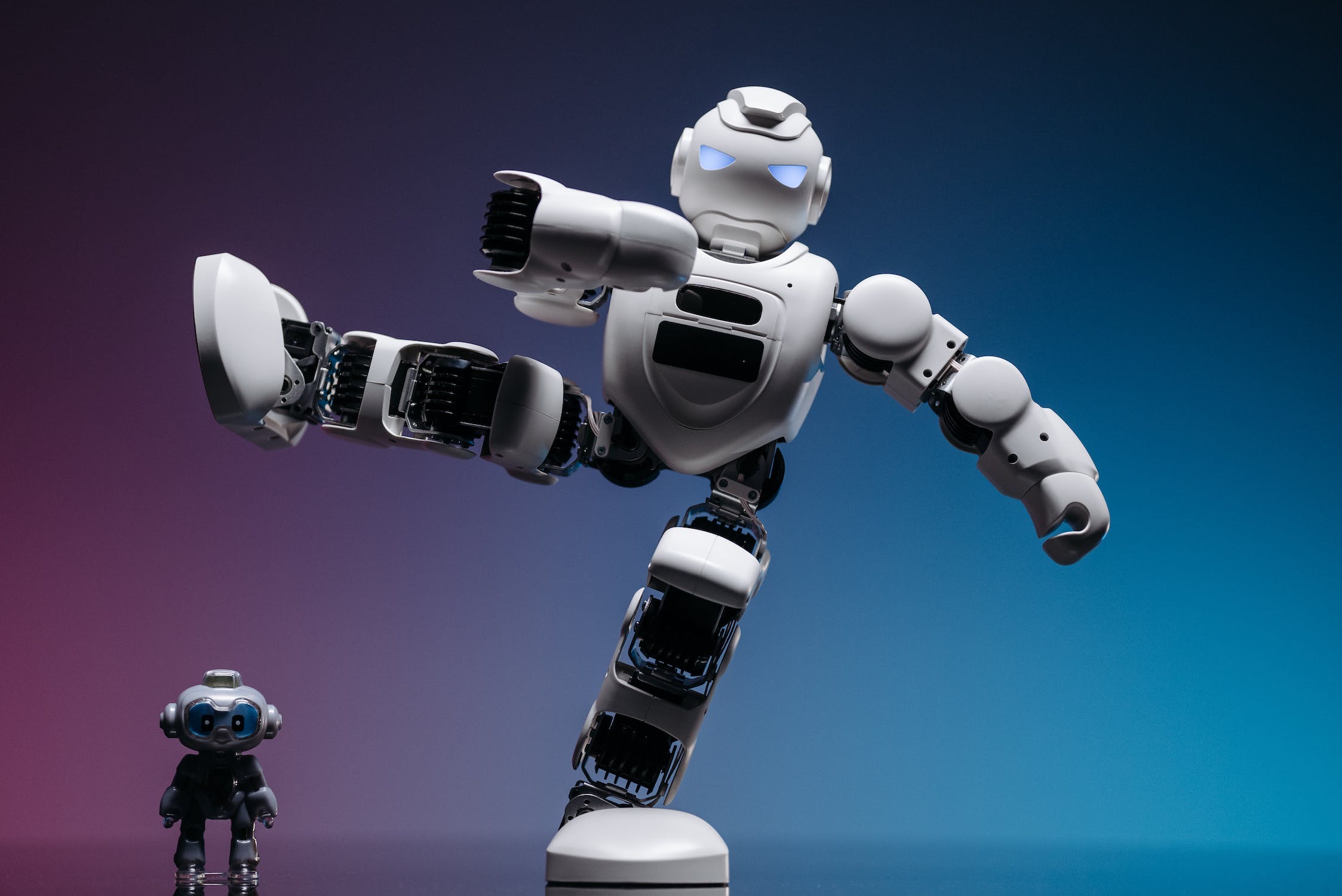Discover the hidden mechanisms behind the seamless functionality of chatbots and how they contribute to the success of businesses.
In today’s digital era, chatbots have become an integral part of customer service and engagement strategies for businesses across various industries. These AI-powered virtual assistants are designed to simulate human conversation and provide instant support to users. But have you ever wondered how chatbots actually work behind the scenes to deliver such impressive results?
In this article, we will unlock the secrets of chatbot technology and delve into the backend processes that make them successful. So, let’s dive in and explore the fascinating world of chatbot functionality.
The Basics: Understanding Natural Language Processing (NLP)
At the core of every chatbot lies Natural Language Processing (NLP), a branch of artificial intelligence that enables machines to understand and interpret human language. NLP algorithms analyze user inputs, decipher their intent, and generate appropriate responses.
When a user interacts with a chatbot, their message is first passed through an NLP engine. This engine breaks down the text into meaningful components, such as keywords, entities, and intents. These components help the chatbot understand the user’s request and provide an accurate response.
Chatbots Architecture: Components and Integration
To ensure smooth communication and seamless user experience, chatbots are built using a specific architecture that encompasses various components. Let’s take a closer look at these components and how they work together:
1. User Interface
The user interface is the front-end component of the chatbot, where users interact and input their queries or requests. It can be a website chat widget, a messaging app interface, or even a voice-enabled device.
2. NLP Engine
As mentioned earlier, the NLP engine is responsible for understanding and interpreting user inputs. It uses machine learning algorithms and linguistic techniques to extract meaning from text and identify the user’s intent.
3. Dialogue Management
Dialogue management is the component that handles the flow of conversation between the chatbot and the user. It keeps track of the context, maintains the conversation history, and decides the appropriate responses based on the user’s inputs.
4. Knowledge Base
The knowledge base is a repository of information that the chatbot can access to provide accurate and relevant answers to user queries. It can include FAQs, product information, troubleshooting guides, and any other relevant data.
5. Integration APIs
Integration APIs allow the chatbot to connect with external systems and retrieve or update information. For example, a chatbot integrated with a CRM system can fetch customer details or update contact information.
6. Analytics and Machine Learning
Analytics and machine learning play a crucial role in enhancing the chatbot’s performance over time. By analyzing user interactions, feedback, and conversation data, the chatbot can learn and improve its responses, leading to a better user experience.
Training the Chatbot: Data and Machine Learning
To make a chatbot effective, it needs to be trained on a vast amount of data. This data includes examples of user inputs, corresponding intents, and appropriate responses. Machine learning algorithms analyze this data and learn patterns to generate accurate responses in real-time.
Training a chatbot involves two key steps:
1. Intent Recognition
Intent recognition involves teaching the chatbot to understand the purpose or intention behind a user’s input. For example, if a user asks, “What are your store hours?”, the intent of the query is to know the operating hours. By training the chatbot with similar examples, it can recognize this intent and respond accordingly.
2. Response Generation
Once the chatbot understands the user’s intent, it needs to generate an appropriate response. This is achieved by training the chatbot on a variety of responses for each intent. The machine learning algorithms analyze the training data and learn to generate contextually relevant and accurate responses.
Continuous Improvement: Feedback and Iteration
Chatbots are not static entities; they constantly evolve and improve. User feedback plays a vital role in this iterative process. By collecting feedback and analyzing user interactions, businesses can identify areas for improvement and refine the chatbot’s responses.
It’s important to regularly review and update the chatbot’s knowledge base to ensure it stays up to date with the latest information. This includes adding new FAQs, updating product details, and incorporating customer feedback into the chatbot’s responses.
Conclusion
Chatbots have revolutionized the way businesses interact with their customers. By understanding the underlying technology and processes involved, businesses can leverage chatbots effectively to enhance customer experience, streamline operations, and drive success.
In this article, we explored the basics of chatbot functionality, including natural language processing, architecture components, training processes, and continuous improvement. Armed with this knowledge, businesses can unlock the full potential of chatbots and achieve ultimate success in their customer service endeavors.
Also Read: GPT-4 Turbo Unleashes ChatGPT’s Big Potential
